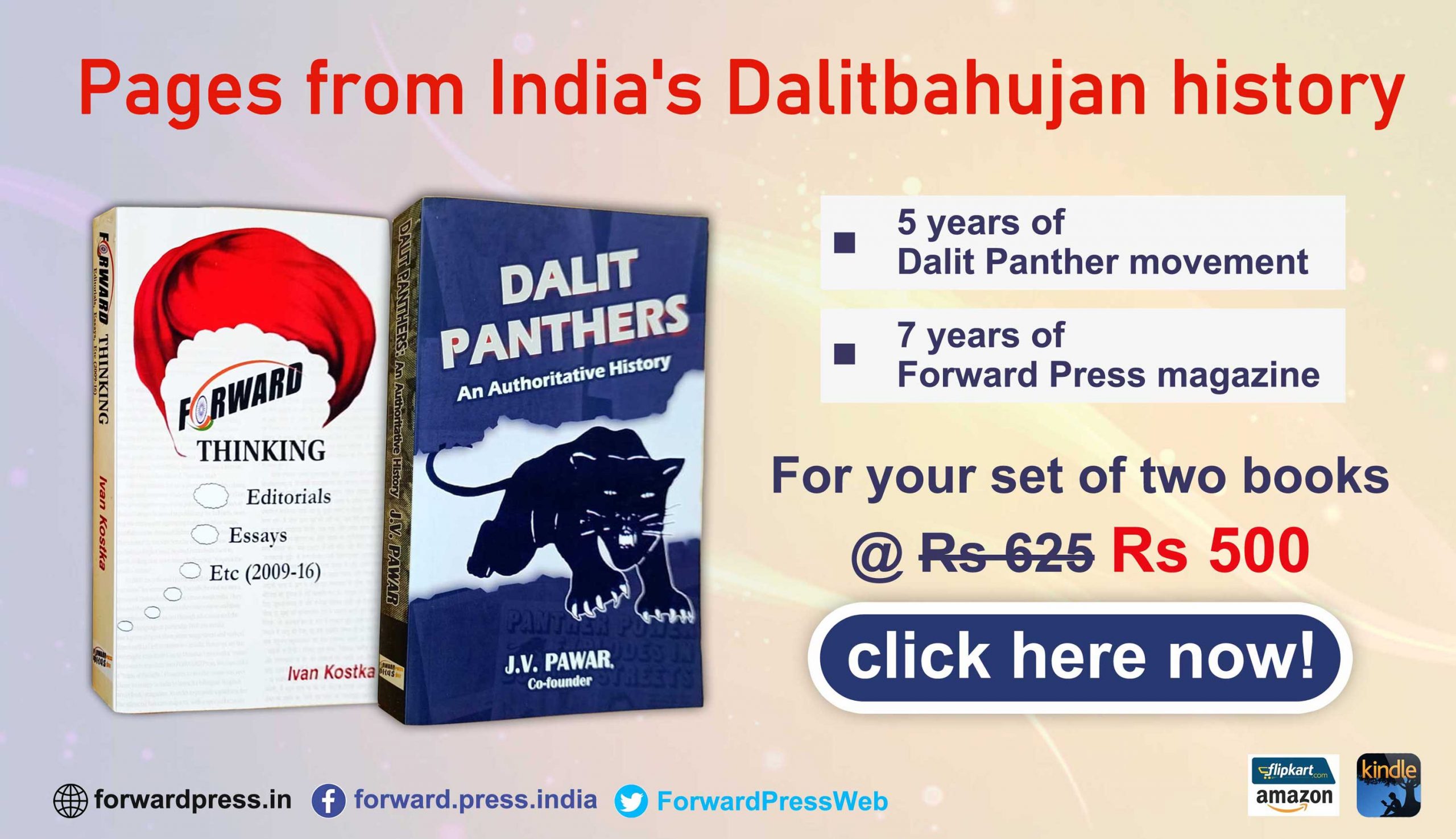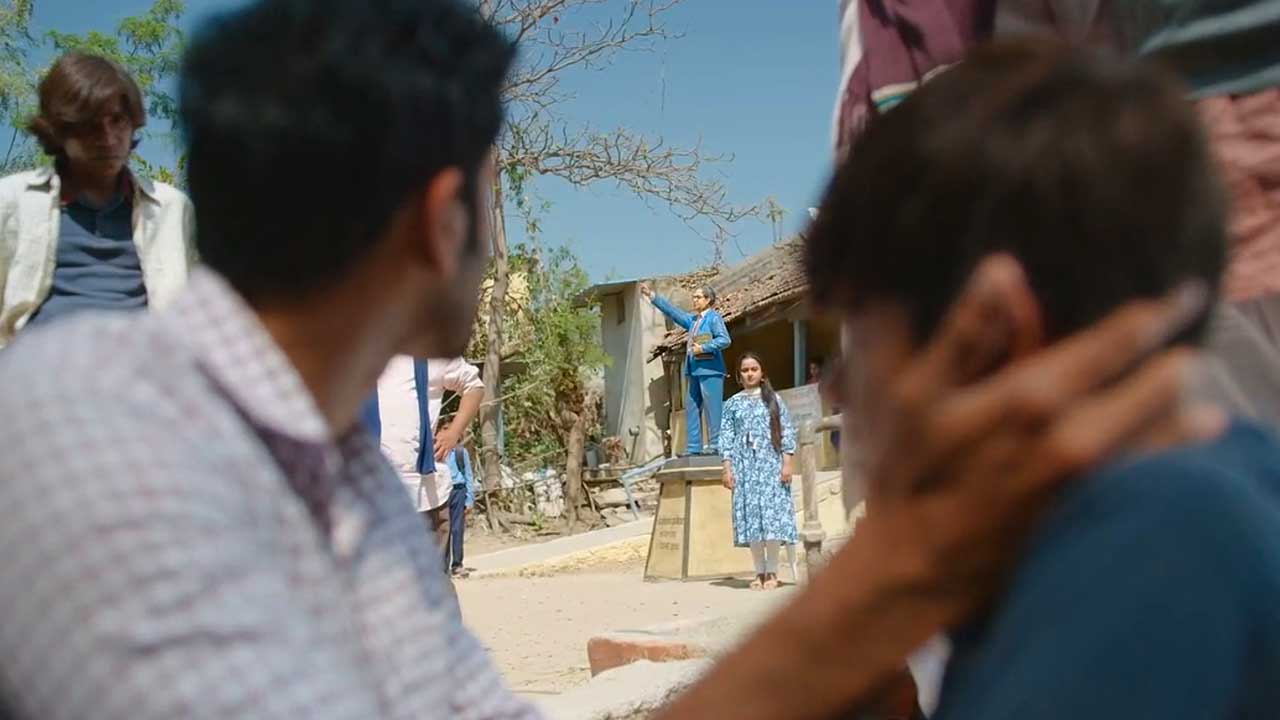Senior journalist Ganga Prasad, who belongs to the Dalit community, recently retired from Jansatta. He feels that the influence of the advocates of the caste system within the media has kept pace with the growing opposition to casteism from the 1990s onwards. The journalists working in large media houses are so rabidly casteist that they ridicule the news of atrocities against tribals, Dalits, OBCs and Muslims. Electronic media is completely dominated by the Savarnas (upper castes). He does not rule out the need for reservations in the media to solve these problems. Pranay Priyamvad talked to Ganga Prasad on these and other issues.
What is the state of social justice in media houses?
The media houses are getting transformed into corporate houses. That is why, the way the common man perceives the media has also changed. Earlier, editors and journalists were in constant touch with literature and society. They were sensitive. After the end of the Bihar movement, the victims of socio-economic inequities joined the media. Educated people from the deprived sections of society got jobs in the media organisations. But after the 1990s, the elite and rich class began dominating the media. The media, which had opposed casteism, itself became the hotbed of the protagonists of the caste system.
During your journalist career, were you ever made to feel that you came from deprived communities?
I was fortunate in getting the blessings of people like Raghuveer Sahay. Then Ashok Sakseria, Ramesh Chandra Singh, Rajendra Mathur, Prabhash Joshi and Surendra Pratap Singh encouraged me in journalism. When I was freelancing, I was not at all conscious of my caste but the moment I took up a job, I became acutely conscious of my caste. I saw casteism at play, albeit indirectly, in big newspapers. Assignments were given and taken, people were elevated and put down and groups were formed on the basis of caste. During my days in service, I discovered how the news of atrocities against Dalits, OBCs, MBCs or Muslims was ridiculed. Journalists could not rise above castesit mindset.

Did political changes make any difference?
The newspapers were dominated by the upper castes from the very beginning. Later, when TV came, that too got dominated by the upper castes, in fact even more so. The politics of Bihar changed. The power equations shifted. But media remained untouched by social change. Laloo Prasad was considered leader of Yadavs, Nitish Kumar of Kurmis and Ramvilas Paswan of Dusadhs. Similarly, Satyendra Narayan Singh and Digvijay Singh were considered leaders of Thakurs and Shrikrishna Singh of Bhumihars. Every community should have had a say in the media but that did not happen. Even newspapers like Navbharat Times, Jansatta and Arayavarta were dominated by the upper castes.
Any particular incident that you still remember?
In Patna, junior doctors from the forward as well as the backward castes were agitating on the issue of reservations. The electronic media liberally beamed the news of the agitation of the forward-caste doctors but what the doctors from the backward castes did was blacked out. The latter objected and demanded that the media should give due coverage to their activities too. After this, some media persons, along with policemen, attacked a procession of the backward-caste junior doctors. This shows how deeply entrenched the casteist feeling are.
What impact did Mandal agitation have on the media?
None whatsoever. There is no democracy in media. Is there reservation in media? No. Whereas there should be.
Will the social situation in the media houses improve?
How will it improve when big capital is ruling the roost. Those who are patrons of capitalist system, their presence in the media can only increase.
You are a Lohiaite. What became of Lohia’s ideology? Is it relevant today?
Lohiate ideology was murdered in the lifetime of Lohia itself. The party which professed his ideology was divided umpteen number of times. I don’t think any other party was splintered to the extent the party of Socialists did. But then, no ideology is as democratic as Lohia’s.
Published in the November 2013 issue of the Forward Press magazine
Forward Press also publishes books on Bahujan issues. Forward Press Books sheds light on the widespread problems as well as the finer aspects of Bahujan (Dalit, OBC, Adivasi, Nomadic, Pasmanda) society, culture, literature and politics. Contact us for a list of FP Books’ titles and to order. Mobile: +917827427311, Email: info@forwardmagazine.in)
The titles from Forward Press Books are also available on Kindle and these e-books cost less than their print versions. Browse and buy:
The Case for Bahujan Literature
Dalit Panthers: An Authoritative History





